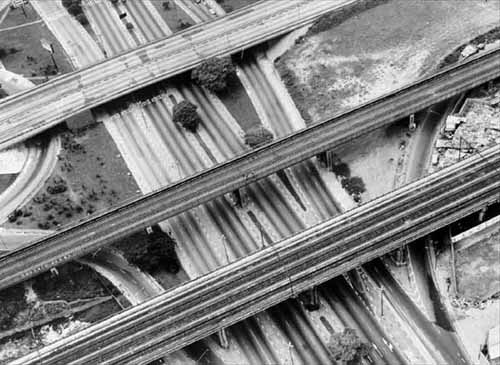liquid architecture |
|
|
Liquid Architecture
I. Solá-Morales

The city could not be understood as a system of spaces generated by the mass of buildings or the gaps between them. Rather, constructions were the edges around which flowed cars, public transportation and pedestrian traffic. The structure of the urban space was seen as resulted of systems of frictions of varying degrees of viscosity, producing turbulences at the points of contact and different densities within the flows themselves. The possibility of representing these phenomena seems, however, seriously limited.
A liquid, fluid architecture, is not oriented toward representation or spectacle. An architecture that engages human flows in traffic connections, airports, terminals, railways stations cannot be concerned with appearance or image. Becoming flow means to manipulate the contingency of events, establishing strategies for the distribution of individuals, good or information.
To produce forms of the experience of the fluid and to make these available for urban analysis, experimentation and project design is today still more a desire of that a attainable reality. To give form to the synaesthetic experience of the flow in the movement of the metropolis, of the dérive that distances itself from the purely visual programmatic planning and the pre-established regulation in order to experience other events, other performances, is one of the basic challenges of an architecture that looks at the future.
Ignasi de Solá-Morales. Liquid Architecture. Em: Anyhow. Cambridge, MIT Press, 1977.